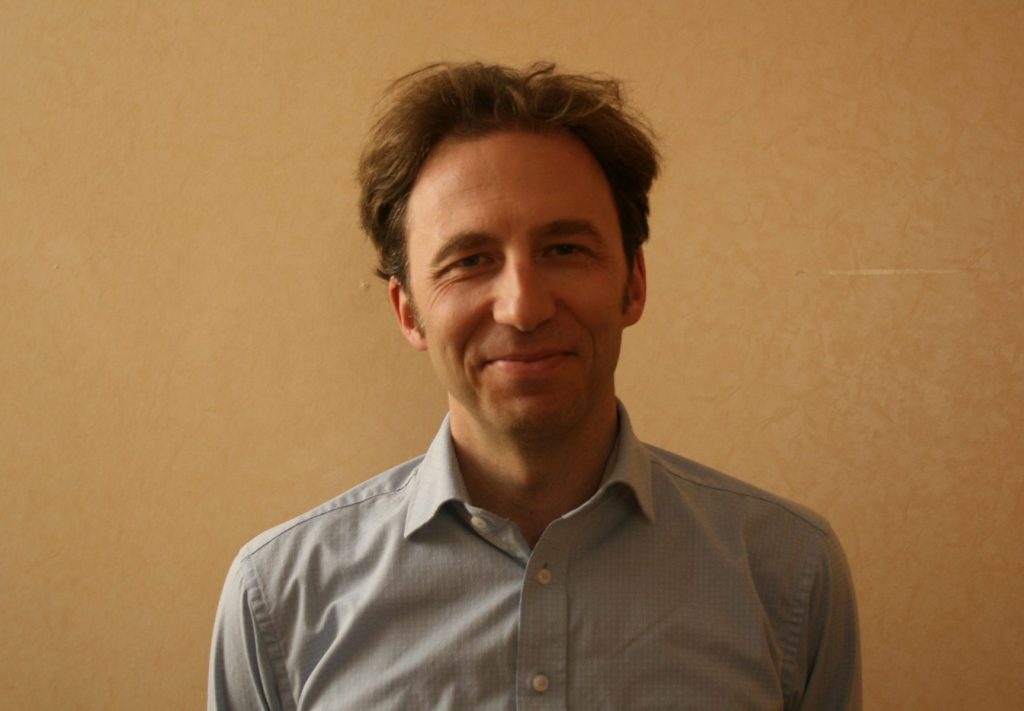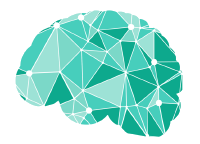
Publications
ResearchGate
Google Scholar
I am currently attending physican in diagnostic neuroradiology at Centre Hospitalier Universitaire Vaudois (CHUV) and associate professor at University of Lausanne (UNIL). After having completed medical school at UNIL in 2000, I joined EPFL (Ecole Polytechnique Fédérale de Lausanne), where I first completed a postgraduate training in biomedical engineering in 2001 and then a PhD within the doctoral school of computer science and telecommunication in 2005.
I started my research career as a PhD student at EPFL. During this period, I got interested into diffusion MRI, a technique enabling to probe tissue microstructure non-invasively. In this field, I contributed to improving the mathematical description of the physics of diffusion imaging (Wedeen et al., 2005)and proposed several algorithms to reconstruct and segment axonal fiber tracts from brain diffusion images (Hagmann et al., 2003; Hagmann et al., 2006). Towards the end of my PhD time, I understood the relevance of modelling brain fiber pathways as a network (Hagmannet al., 2007)and the potential of achieving this non-invasively with diffusion MRI, so emerged in my mind the concept of connectomics, term that I defined in my PhD thesis (Hagmann, 2005) (https://en.wikipedia.org/wiki/Connectome).
Since then, myself and later my research group is focusing on the imaging of brain connectivity and its analysis. In particular we contributed largely to the characterization of the relationship between the physical wiring (structural connectivity) and the related brain activity (functional connectivity) and its architectural organization (Hagmann et al., 2008; Honey et al., 2009) as well as the changes with psychosis (Baumann et al., 2012; Griffa et al., 2015; Monin et al., 2015; Baumann et al., 2016; Vasa et al., 2016; Alameda et al., 2018; Baumann et al., 2018; Griffa et al., 2018; Klauser et al., 2018; Mullier et al., 2019) and neurodevelopment (Hagmannet al., 2010; Hagmann et al., 2012; Griffa et al., 2015; Friedrichs-Maeder et al., 2017). In my lab, we also developed an opensource brain connectivity software (https://connectome-mapper-3.readthedocs.io/en/latest/)of which the third release is about to be distributed and related tools (https://multiscalebrainparcellator.readthedocs.io/en/latest/). Currently my group is working on methodological as well as clinical topics. We develop a framework called spatio-temporal connectomics (Griffa et al., 2017), which aims at modeling and studying the temporal dynamics of brain networks; this not only with functional MRI but also with source reconstructed EEG. For the latter, the work is done within a SNF-sinergia consortium that I am leading (https://sinergiaconsortium.bitbucket.io/). Through my NCCR-synapsy collaboration and my special and longstanding work with Prof Kim Do and Prof Philippe Conus (CHUV-UNIL), I have been studying the connectivity alterations related to psychosis.
